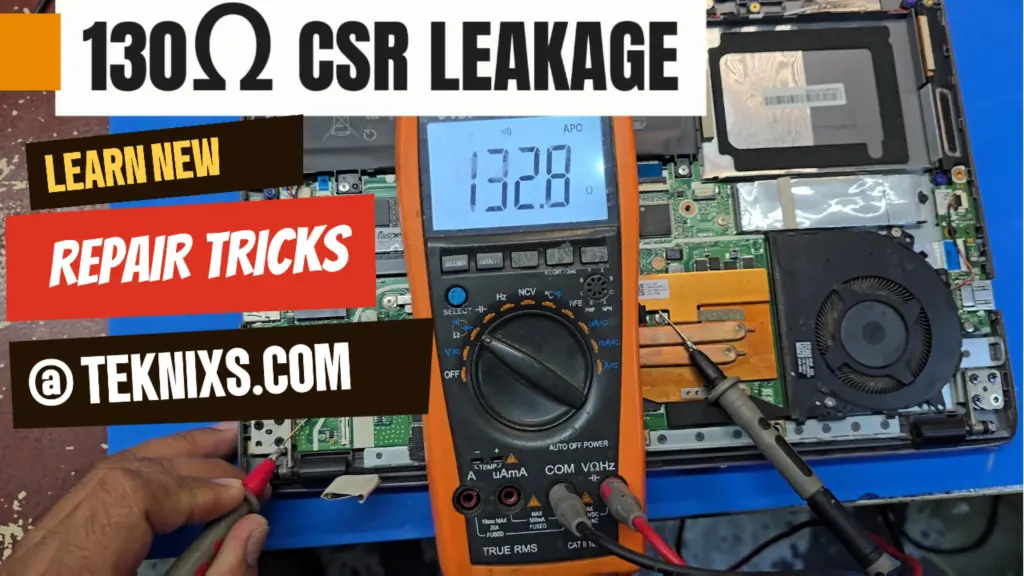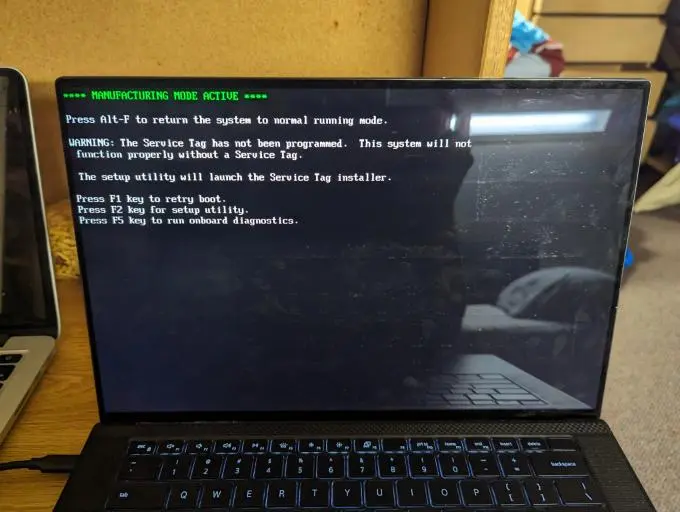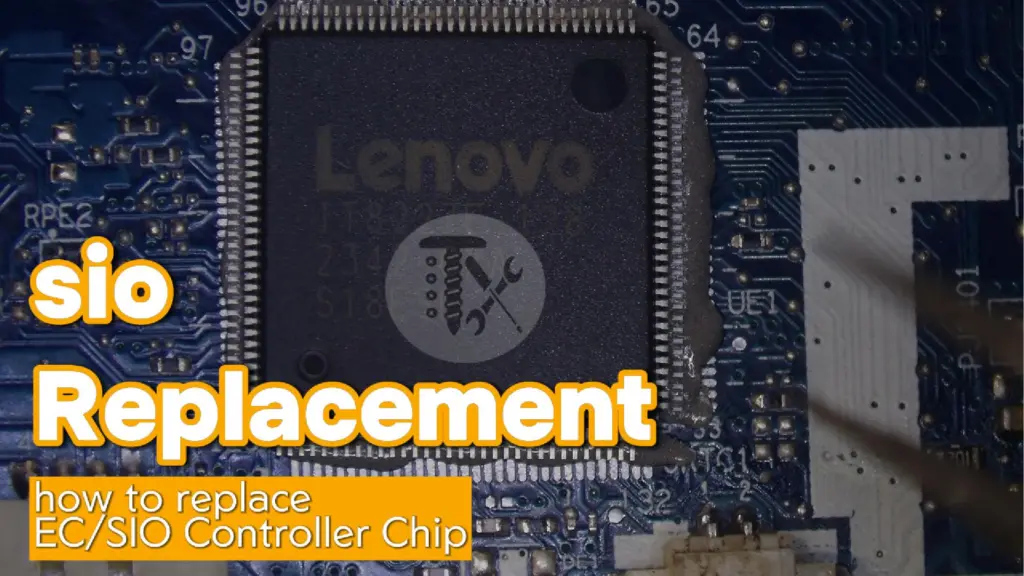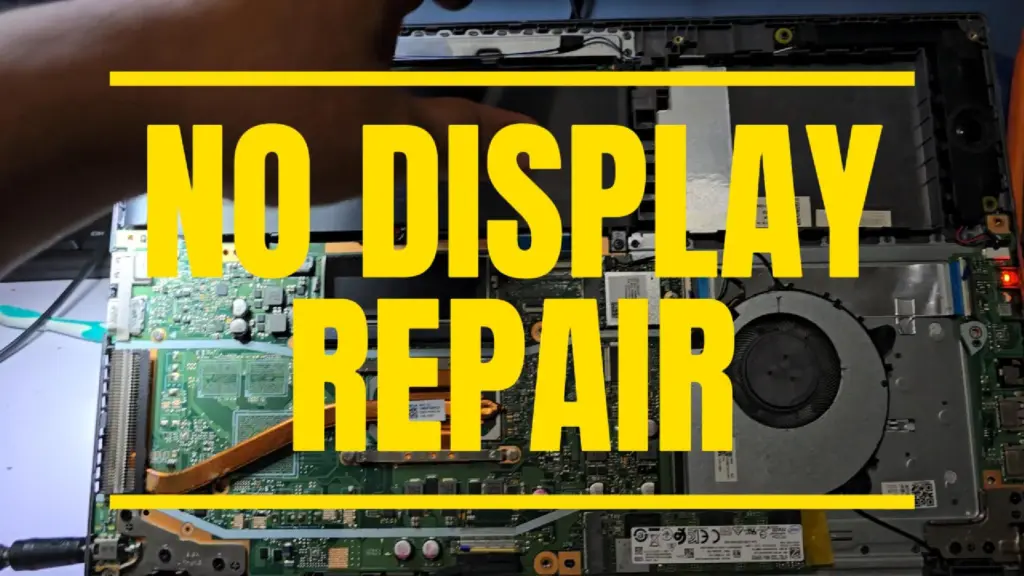ASUS laptop NO POWER—found 130Ω resistance leakage at the CSR, Time to learn new repair methods

🧠 Circuit leakage—also known as leakage current—is the unintended flow of electrical current outside its intended path. It can sneak through insulation, components, or even the PCB itself. Here’s a breakdown of the most common causes:
⚡ Common Causes of Circuit Leakage
- Insulation Breakdown
Over time, heat, moisture, or aging can degrade insulation, allowing current to escape. - Moisture & Contaminants
Water, dust, or chemical residues can create conductive paths across normally insulating surfaces. - Defective Components
Faulty capacitors, transistors, or ICs may leak current internally or externally due to manufacturing flaws or damage. - Improper Grounding
If the grounding system is weak or missing, leakage current may find alternate paths—sometimes through sensitive components. - Stray Capacitance
In high-frequency circuits, unintended capacitive coupling between traces or layers can cause leakage. - PCB Surface Leakage
On densely packed boards, flux residue or humidity can allow current to travel across the surface between pads. - Aging Semiconductors
Transistors and diodes can develop subthreshold conduction or reverse leakage as they degrade.
🔍 Real-World Example (CSR 130Ω Case)
In your ASUS no-power scenario, detecting 130Ω at the CSR (Current Sense Resistor) suggests a leakage path—possibly through a damaged MOSFET, shorted capacitor, or corrosion near the power rail. That resistance is low enough to drain power or prevent startup




Salmat po dito!